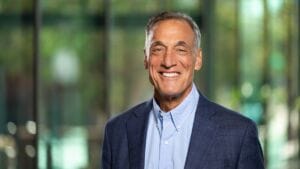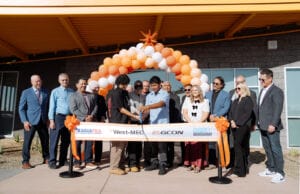Lately, the national and international media have been reporting that the economy is recovering. The chatter is that many of the key indicators (other than unemployment) are starting to predict that we may be just a quarter or two from the “light” at the end of the tunnel.
That light, however, could be snuffed by yet another crisis — a crisis in sustainable leadership. The loss in human potential caused by the high demands and increased stress related to reductions in human resources and development of remaining talent could be catastrophic for businesses.
Sure, many of the cost reductions in companies and organizations have had a positive impact on margins and liquidity, but will this be sustainable? Many executives have shared their doubts about whether the changes and strategies they put in place during this recession will make their organization more capable of reaching their future targets. Even worse, they question their own energy and capacity to continue to try to keep up, let alone get ahead.
This is the crisis at the end of the tunnel. There will be many opportunities that emerge from the post-recession economy. Unfortunately, too many leaders and organizations still will be in survival mode because they are numb, tired, foggy and lack the passion to really capitalize. In short, they won’t have the gas in their tank to use the knowledge they have to bring their business back to the level it should be.
The last year has been a time of less. Less people, less investment in the people remaining, less optimism, less outward focus (on the customers and the opportunities) and less training. Unfortunately, it also has led to a lack of high-performance behaviors. In order to see the light at the end of the tunnel businesses and organizations must change the paradigm to one of MORE. More energy, more passion, more productivity, more preparation, more focus and more design.
The Thunderbird School of Global Management recognizes this missing link in the executive world. This is why it is collaborating with Tignum to incorporate sustainable high performance training into the school’s own work force and educational experiences. The aim is to ensure its employees, graduates and executive education clients not only garner the business and cultural skills needed to run sustainable organizations, but also the personal capacity to maintain their own long-term performance and competitive edge.
Sustainable high performance training was first introduced to Thunderbird’s faculty and staff during a kickoff event on Aug. 18. Later that month, similar presentations were made to new full-time students. Thunderbird now is integrating the program into campus life through follow-up workshops and an on-campus communication campaign. School officials say the goal is to help participants overcome habits that lead to burnout by building a solid foundation that can sustain high performance throughout their careers.
Thunderbird and Tignum also are working to develop a sustainable high performance program for corporate clients who come to the school for executive education.
“Incorporating sustainable personal leadership training with Thunderbird’s No. 1-ranked global business education furthers the school’s mission to produce global leaders who make a lasting impact in the world by creating sustainable value for their companies and communities,” Thunderbird President Ángel Cabrera said in a statement. “In order for individuals to create lasting value, it is imperative they be equipped with strong global business skills combined with a socially responsible and global mindset and the capacity for their own sustainable high performance.”
The fact is, the knowledge, skills and strategies that have gotten businesses to this point will no longer be sufficient to achieve long-term goals in the future if companies do not invest in the sustainability of their people.
Recently there was a special issue of the Harvard Business Review called Leadership in the New World. The name of this issue alone explicitly implies that what we knew in the “old” world won’t work in the future. The habits that you’ve used to be successful in the past won’t be enough to ensure your success in the future.
The New World will require energized, responsive, agile, creative and attentive leaders. It will require that they energize and inspire others so they can meet their customers’ desires and stay two steps ahead of the growing and gainingcompetition. This will require new personal habits to increase their energy, resilience, brain performance and capacity. In the past, too many executives saw these things as a “nice to have,” but now these things are a “strategic must.” Your own personal energy and resilience are your foundation upon which all of your performance is built.
Sustainable high performance is a condition where you are highly motivated, your self-esteem is strong, your excitement to handle challenges is evident and your physical energy is abundant. People perceive you as present,grounded, responsive and focused. You implement sound judgment and innovative solutions, maximizing your impact on your team, company, brand and the world. Sustainable high performance is showing up consistently with your best game on.



